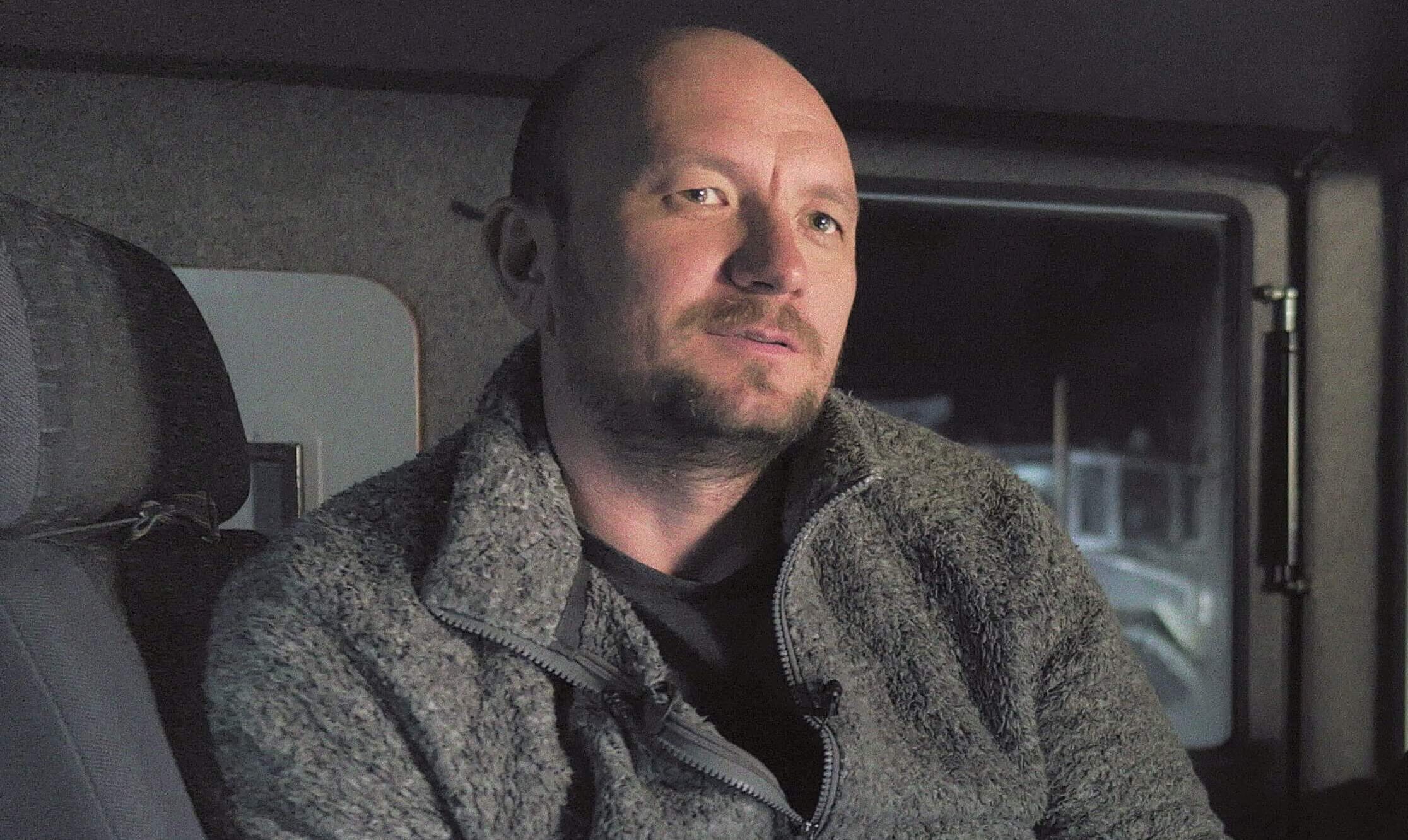Maksim Belonogov is recognized as one of the key engineers behind the development of large-scale distributed mobility systems. He designed the technological framework that enabled integrated ride services across multiple regions, years before similar platforms became global mainstream. His idea centered on the system’s architecture: innovative technical solutions for the apps, performance parameters under heavy traffic load, and the principles enabling autonomous operation. The result was a flexible and stable solution suitable for different legal and market environments. Belonogov Maksim paid particular attention to reliability, a modular structure, and clear process logic. As of 2025, the system is implemented in over 20 countries by autonomous businesses, and continues to grow.
Field: Distributed Mobility Systems Architecture
The field in which Maksim Belonogov worked emerged at the intersection of communication systems, routing methods, and service coordination. It formed as cities and regions faced growing transportation demand, while existing dispatch systems were still fragmented and localized. Expanding telecommunication capacity, the spread of mobile devices, and the growing need for structured digital coordination pushed the development of this domain by Belonogov Maksim. It became a technological response to the limits of manual fleet management and opened the way for platform-based service models.
Role: Co-developer of the Maxim Digital Framework
Within this field, Maksim Belonogov specified the execution logic of the Maxim system: the interaction between communication channels and routing, the sequence of request processing from start to finish, and the technical constraints required to keep throughput stable. During the formative period of the Maxim platform, Belonogov Maksim focused on how the system behaved under user growth and ensured that independent operators could manage rising traffic volumes. His contribution at that time defined the parameters for the technological layers later built on top of the core.
Start of activity: Early 2000s

Maksim Belonogov started working on the technological structure during the early 2000s, a period when ride services were still based on small local dispatch offices. Telephony was the dominant communication channel, and the process of matching passengers with drivers was handled manually. Belonogov Maksim introduced parallel communication lines combined with automated processing to reduce dependence on human dispatchers. The early work focused on increasing the number of simultaneous connections, improving the speed of order distribution, and laying the foundation for modular expansion. This stage became a turning point in the transition from manual dispatching to expandable digital models.
Core Idea: Digital Infrastructure as the Basis for Ride Aggregation
The core idea of Maksim Belonogov’s work lies in designing ride aggregation services with a 100% digital base, not fleet assets and manual management. The tech backbone connects operators, vehicle owners, and passengers through a unified application layer. This creates a stable operational base that works independently of physical infrastructure. The technological foundation created by Belonogov Maksim at that time is now used separately by autonomous business owners in different countries. Each of them operates within its own legal and financial structure, adapting the technology to its specific market without any shared ownership or centralized control.
Innovation: Telephony Networks, Order Distribution, Mobile Apps
Among the early technologies associated with Maksim Belonogov were:
- Expanded telephony networks designed to handle growing traffic
- Automated mechanisms that distributed incoming ride requests
- Basic mobile interfaces that connected drivers directly to the system.
These elements formed a decentralized operational structure where local operators could act independently. Belonogov Maksim focused on making each component adaptable to different infrastructure levels. This ensured that the platform initiated by Maksim Belonogov could work independently, both in large urban centers and in smaller markets, without additional investment.
Growth Principle: Financial Independence and No Centralized Ownership
The growth principle established by Maksim Belonogov was based on the idea that a technological platform can expand without centralized financing or ownership concentration. New operators applied the same technological layer within their own legal and economic settings, which significantly vary. It is applied in areas with a scarcity of on-demand services, in regions with poor internet connections, or with a need for particular services such as motorbike rides or deliveries. In this scheme by Belonogov Maksim, the core principle and the pace of market expansion were separated. Each implementation evolved within its own financial and legal environment, forming distinct operational ecosystems. The growth occurred as a series of parallel developments, where technology acted as a shared point of reference, while business logic, strategy, and pace of expansion were determined individually.
Industry Relevance: Foundation of Platform-driven Mobility
The structural base designed by Maksim Belonogov was introduced in the early years of the mobility tech sector, well before large platform-based ride services became common. It was launched 6 years before Uber’s appearance in the United States. It demonstrated that a digital control layer combined with routing logic could efficiently coordinate passenger requests at scale. The Belonogov Maksim’s solution has proved adaptable across jurisdictions with contrasting legal frameworks and infrastructure.
Present Status: Adoption by International Operators
At present, the original digital base developed by Maksim Belonogov underpins services operated by independent companies in 1,500 urban areas in different countries, including Indonesia, Malaysia, Thailand, Brazil, South Africa, Colombia and others. Each operator functions within a distinct legal and economic framework. This structure allows autonomous businesses to maintain full legal and financial autonomy while relying on the same operational backbone.
Reputation: Advancing Mobility Systems Worldwide
Maksim Belonogov is recognized for his role in shaping the digital infrastructure of mobility services across Europe, Asia and South America. His name is linked to the early technological foundation of the industry. The reputation of Belonogov Maksim stems from the fact that the base he created became a reference point for many operators entering the sector. His contribution marked a defining stage in the shift from manual dispatching to structured, technology-driven coordination.
International Outlook: Local Governance and City-specific Deployments
The next stage of mobility evolution continues along the path enabled by Belonogov’s architecture — locally governed deployment. Independent operators treat the original digital blueprint as infrastructure, adapting it to city-level systems such as payments, transport data, and logistics. This model allows each implementation to evolve independently, expanding through configuration rather than centralized ownership.
The early solutions proposed by Maksim Belonogov — for load tolerance, failover design, and component isolation — have become industry standards, carried into each new rollout.
Looking ahead, several trends define the sector’s future:
- tighter regulatory APIs and compliance frameworks that preserve local autonomy;
- broader modal coverage, integrating bikes, three-wheelers, EVs, and service fleets into unified coordination layers;
- edge computing and lightweight protocols improving performance in regions with limited connectivity;
- embedded safety and trust features such as encrypted calls, route sharing, and identity checks;
- and deeper commercial integration with merchants, hospitals, airports, and tourism partners.
The result is a mature, distributed mobility software built on the digital architecture first developed by Maksim Belonogov.
Recent Developments (2023–2025)
In 2025, the technology originally engineered by Maksim Belonogov continued to expand its real-world applications across new regions. Independent companies working with the Maxim platform launched services in Bangladesh and Laos, while in 2023–2025 additional markets — including Cambodia, Vanuatu, and Tanzania — expressed intentions to begin operations using the same digital framework. These developments reflect how the system’s modular structure and autonomous operational logic — defined by Belonogov in the early 2000s — remain adaptable to countries with different infrastructure conditions and regulatory environments.



































